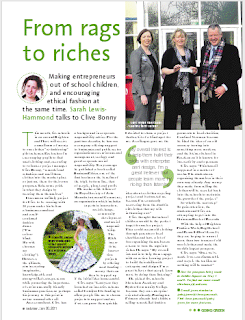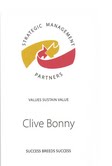After receiving the answers to the questions that we sent Clive, I then moved on to make the pitch, which I presented on the 19th March. I used the answers to help me come up with suitable ideas, however due to not having very much time I found it a struggle to come up with some ideas.
To begin with I firstly made a brainstorm, this told me the things that were required in the website and I also included the target audience. The screen shot below shows my brainstorm.
In my brainstorm I included the keywords which need to be featured, the logos which he has given us, the theme/colour scheme, the content which is the main headings for the pages, the target audience and lastly the tag line/slogan.
Colour
I then moved on to have a look at colour. We asked Clive what he wanted the colour scheme and he answered 'Rainbow', which is a fairly broad scheme as there is quite a lot of colours that could be used. The first steps that I took were finding all the colours, which were red, orange, yellow, green, blue, purple, pink and light blue. I then thought that it would be beneficial for me to find different shades of each colour, this would then give me choice of colours and would help with experimenting. The screen shot below shows all the colours that I found.
The screen shot above shows the first step that I took in order to decide on the colours that I wanted to use. I didn't think just finding these colours and using them would be helpful or would work, so I decided to expand on this and find different shades of each I thought that this would give me more options and would help when I come to experiment and decide.
The screen shot above shows all the colours that I found and their different shades. I found this really useful as I could clearly see all the colours and could see which one would work together and which ones wouldn't. I found all of these colours at www.colorpicker.com, which I found to be a really useful site as there was a wide choice of colours to choose from.
At this stage I then moved on to decide on the colours that I wanted to use. I decided to go with this colour scheme, which you can see below, I chose these because I thought they fitted in with the required colour scheme and they also went well alongside the colour that were already in the logos. These colours aren't particularly bright, however I thought that they would still stand out on a page just as effectively as if they were a brighter shade.
The screen shot above shows the colours that I picked out from the selection that I came up with before. I think these colours work well, fits in with the requirements and at the same time would look good and be appealing to the target audience.
Font
Once I had chosen colour, I then moved on to have a look at font choices. I had a look at a few and decided that 'Helvetica' would be the most appropriate as it is clear and easy to read. I haven't yet decided what font to use for the heading but I will be experimenting and see which one Clive prefers.
This screen shot shows the fonts that I had a look at before deciding on Helvetica. I found these on http://www.w3.org/Style/Examples/007/fonts.en.html
Slogan/ Tagline and Logos
I didn't need to come up with a slogan or a logo design as Clive had provided them already. Below are the logos and the tagline that needs to be included in the website.
I didn't need to come up with a slogan or a logo design as Clive had provided them already. Below are the logos and the tagline that needs to be included in the website.
'Success breeds success when values sustain value.'
Mock Ups
I found coming up with an idea suitable for the project quite a challenge, especially as there wasn't any other websites that were similar to this type of project. As I didn't have much time to thoroughly plan and come up with an idea, I came up with a rough mock up in Photoshop. I still need to develop this idea a lot further, however I wanted something to show Clive which would then help me with feedback.
Home Page
Gallery Page
The feedback that I received after I presented my pitch was really positive and was also helpful for me in order to improve on my designs. One of the main points that was mentioned was the use of the ripped paper, looking back I can see that I did over use it and I'm not sure that it worked as well as I thought it might. Another thing was having the logo at the bottom right hand corner of the page, as it is the one place on the page where it would be missed it wasn't a great idea having the logos located there. To improve I will need to change the position of the logo ideally to the top left hand corner of the page.




























